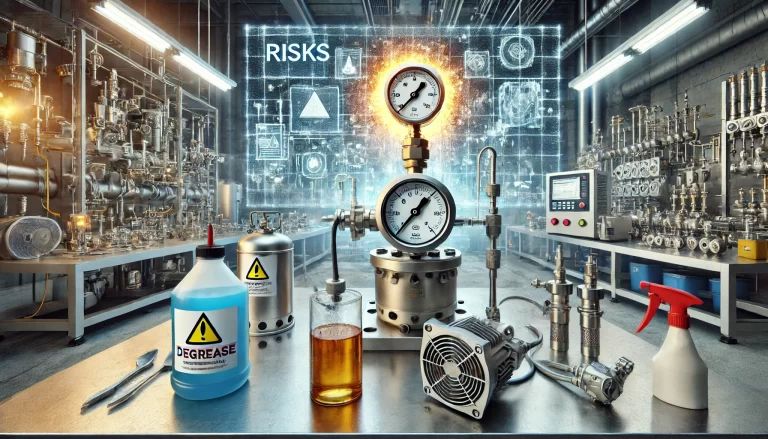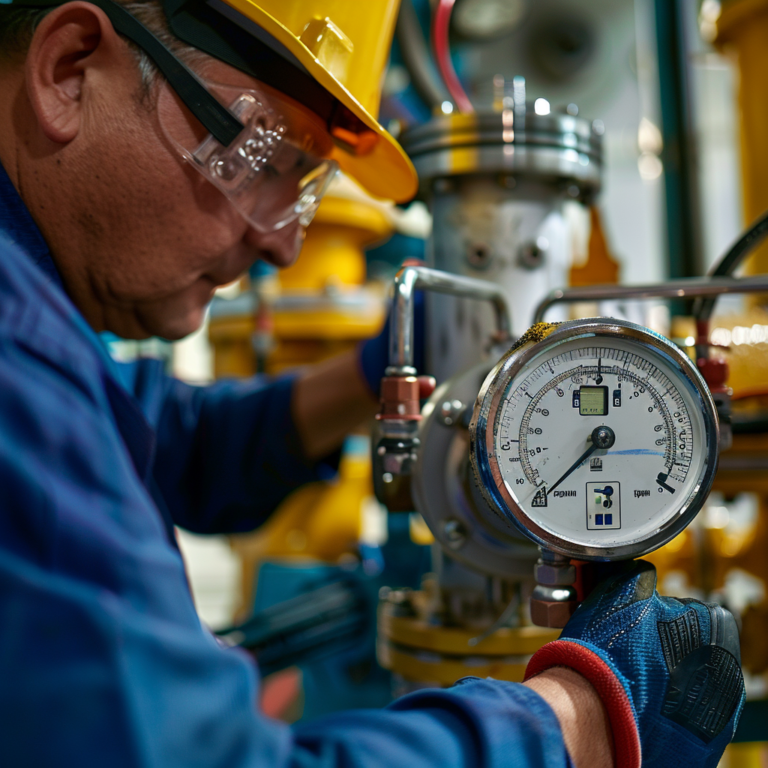Pressure sensors are critical components in industrial automation and various monitoring systems. Their accuracy and reliability directly affect the efficiency and safety of entire systems. Therefore, conducting accurate testing to evaluate their performance and condition is an essential step in ensuring system stability. This article will provide a detailed guide on testing pressure sensors, including methods, steps, and important considerations.

Understanding the Working Principle of Pressure Sensors
Before delving into testing methods, it is important to understand how pressure sensors operate. These devices typically rely on physical phenomena such as the piezoelectric effect, strain effect, or capacitive effect. When external pressure is applied to the sensor, its sensitive elements undergo deformation, resulting in changes in resistance, capacitance, or electric charge. By measuring these changes, the external pressure can be accurately calculated.
Comprehensive Testing Methods
1. Visual Inspection
Check the Casing: Inspect the sensor’s housing for damage or wear. Any visible defects could compromise the internal components.
Examine the Interfaces: Ensure that the sensor’s interfaces are intact, and verify that connection cables are secure and capable of transmitting signals effectively.
Inspect the Mounting: Confirm that the mounting elements of the sensor are neither loose nor detached, as instability could lead to measurement errors.

2. Pressure Testing
Power Supply and Connection: Supply power to the sensor and connect its output terminals to a multimeter or other appropriate measuring tools.
Basic Response Test:
Apply light pressure by gently blowing into the sensor’s port. Observe changes in the output voltage using a multimeter. High-sensitivity sensors should show noticeable voltage fluctuations.
If no response is detected, consider applying pressure using a pneumatic source.
Standard Pressure Source Test: Use a calibrated pressure source to apply varying levels of pressure. Record the output voltage values at each level and plot a pressure-voltage curve. Analyze the curve for linearity and repeatability to assess sensor performance.
3. Zero-Point Testing
No-Pressure State: Place the sensor in a zero-pressure environment and measure its output using a multimeter. Typical zero-output voltage is in the millivolt range. If the value exceeds the sensor’s specifications, the zero offset may be too large, requiring calibration or replacement.

4. Bridge Circuit Testing
Using a Multimeter:
Set the multimeter to the resistance (ohms) mode.
Measure the impedance between the input terminals and the output terminals. These values represent the sensor’s input and output impedances.
Evaluating Circuit Integrity:
Infinite impedance suggests a broken circuit or incorrect pin configuration. Further investigation and repair may be necessary.
5. Electrical Performance Testing
Zero-Point Drift Detection: Record the sensor’s output under standard atmospheric pressure and compare it with the specified zero-offset values to determine drift.
Full-Scale Testing: Apply maximum pressure within the sensor’s range and measure the output voltage. Compare the results with the full-scale specifications to check for overloading issues.
Sensitivity Analysis: Introduce small pressure changes and record corresponding output variations. Calculate sensitivity (output voltage change/pressure change) to verify if it meets the required specifications.
Linearity Check: Apply a series of pressure values across the sensor’s range and record the outputs. Plot a pressure-voltage curve and calculate the linearity error (maximum deviation/full scale) to assess the sensor’s accuracy.

Key Considerations During Testing
Safety First: Ensure a safe testing environment and use appropriate safety measures to avoid accidents.
Accurate Connections: Verify that all connections between the sensor and testing equipment are secure and correctly configured to avoid erroneous readings.
Use Standardized Equipment: Whenever possible, use calibrated pressure sources and certified measuring tools to enhance testing reliability.
Data Logging: Keep detailed records of all test data for analysis and future reference.
Environmental Control: Maintain stable environmental conditions, such as temperature and humidity, during testing to minimize external influences on results.

Conclusion
In conclusion, testing the performance and condition of pressure sensors involves a multi-faceted approach, including visual inspection, response testing, zero-point analysis, circuit examination, and electrical performance evaluation. By systematically analyzing the results, you can accurately determine the sensor’s condition and ensure optimal performance. Additionally, adhering to safety protocols, using standardized equipment, and maintaining comprehensive records will further improve the reliability and accuracy of your testing process.
